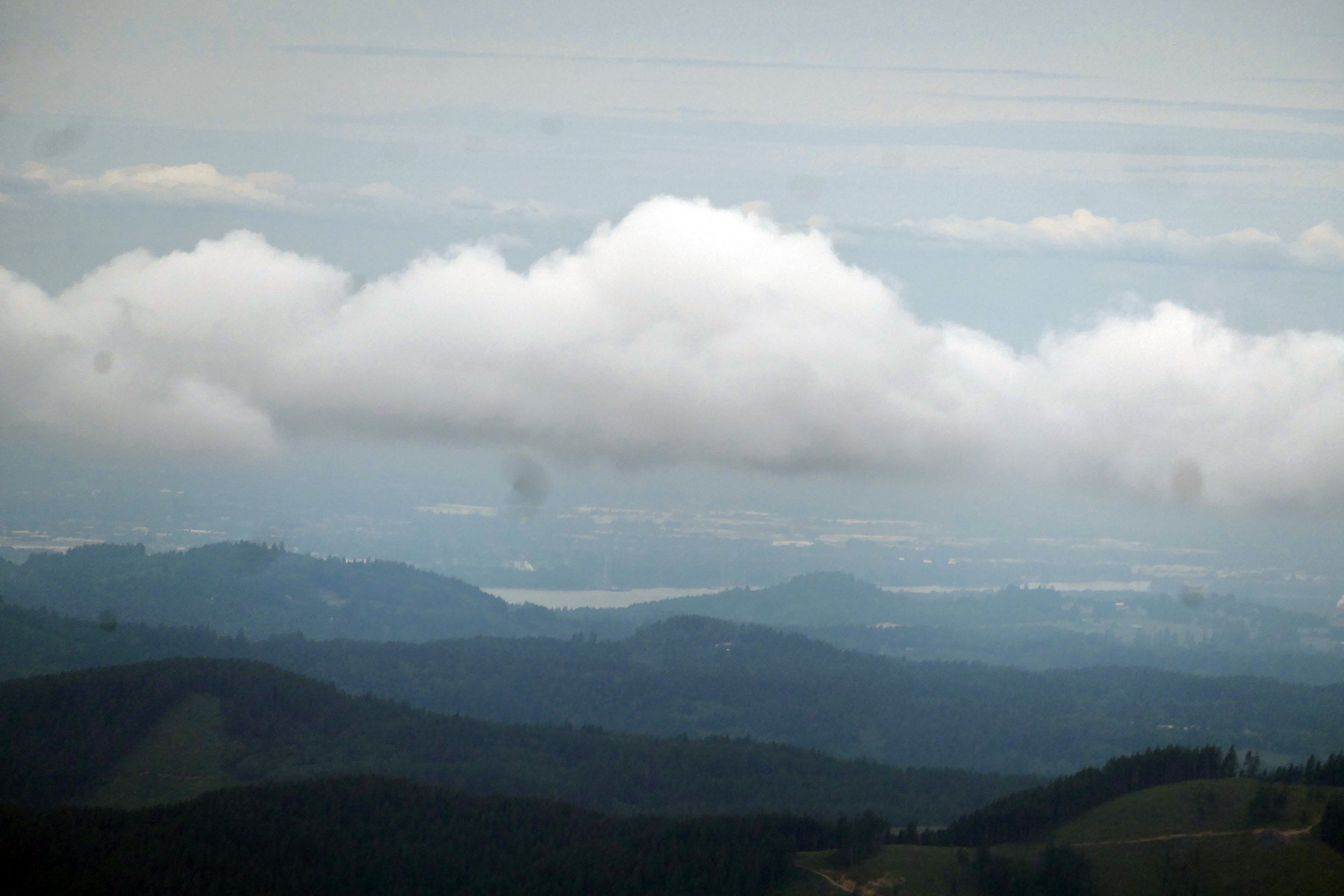When I observe wildflowers, plants and the natural environment around me, I feel joy, a sense of place, being here and being now. When I look at larger vistas, particularly if clouds are involved, I feel longing, a desire to go to places far away, a yearning to be untethered.



(Wouldn’t you know it, my bird watching is in-between – which probably explains the constant avian barrage that you are exposed to in these pages.)


The opportunity to do both on last week’s hike, feeling grounded and dreaming of a world beyond, reminded me of the work of a brilliant young photographer from the Democratic Republic of Congo. (I was introduced to her by Maaza Mengiste, whose book “The Shadow King” I recommended earlier, and whose public postings continually provide new insights.)


Gosette Lubondo is a photographer from Kinshasa who has already found international acclaim in less than a decade of professional work since she received her degree in visual arts from the Academy of Fine Arts in Kinshasa. Lubondo’s most recent series, Tala Ngai, invites viewers to visit with contemporary Congolese women in their own homes, portrayed in the clothes they wear outside of the house, inside of it, and a glimpse of their personal surroundings. It is strikingly intimate, the triptychs almost defiantly capturing this very moment in time, with no explicit nod to the trauma that Congo (formerly Zaire) had to go through with the worst of wars after the yoke of brutal Belgian colonialism.



Books I’ve read about that country, from the horrible Joseph Conrad’s Heart of Darkness, to Barbara Kingsolver’s The Poisonwood Bible, which I liked, have educated me about the history. Tram 83 by Fiston Mwanza Mujila, a remarkable first novel and highly recommended, made an emotional impact. Here is my favorite sentence from a 2015 review:
“Evoking everyone from Brueghel to Henry Miller to Celine, Fiston — as he’s known — plunges us into a world so anarchic it would leave even Ted Cruz begging for more government.”
The photographic work, in contrast, has one overarching appeal: I made me long to get to know those women, creating a desire for connection that is so lacking in our post-colonial world.



*
Two of Lubondo’s previous series, created in 2016 and 2018, Imaginary Trip I and II, have more historical pointers and relate back to how I started today’s musing: rootedness versus journey. They combine not just the spatial dimension of travel, near and far, but also propel us into a dimension of time, then and now.




The combination is achieved by manipulating photographs of historical sites, associated with travel (disused train compartments in an old train depot,) or linked to place (an abandoned school building from Congo’s colonial past) from the past, with images of people as they are now or would have been in the respective times and locations. Truly clever.

The work has impressive layers. Independent of the striking visual aesthetics it makes you think about how experience is tied to place (the Belgian colonial oppression was surely one of the most violent in the entire world) and educates about Congolese specifics. On a whole different level, though, it appeals to how much the imagination is involved in travel, in the ability to pick up and go, to leave behind, to become less visible in the distance. She achieves this by often integrating transparent figures or objects into the depictions. And ultimately, the body of work has to be placed within the context of obstacles to migration that are put up against African people by many a nation in the world, regardless of the trauma they experience in countries that are wrecked by civil war, or the exploitation of multinational companies (just look at the Lithium extraction in Congo) that leads to ever increasing levels of deforestation, famine and poverty.


*
Knowing about the context – historical, cultural, geographical, political – is here, as so often, a key to understanding the depth of the expressed ideas. The artist’s work was displayed at schools in the DRC to increase students’ understanding of history. Not many of us do, myself included of course, when it comes to countries that are on other continents, outside of our regular information diet.




The same is often true, though, for what is happening right here and now in the US as well: a key to understanding where we are and where we need to move toward is a matter of having contextual insight. An understanding that includes the fact that all of us are affected, not just populations we have kept separate from ourselves. As Stacey Abram’s points out in her new book: “No assault on democracy will ever be limited to its targets.”



And who better to provide the context than Keeanga-Yamahtta Taylor in her most recent essay in the New Yorker, How to Change America. If you have time to read one thing today, make it this one.
We need to learn.
Music is from the DCR with a bit of political background. And here is Ferre Gola, a contemporary singer (sorry if ads interrupt…) .





